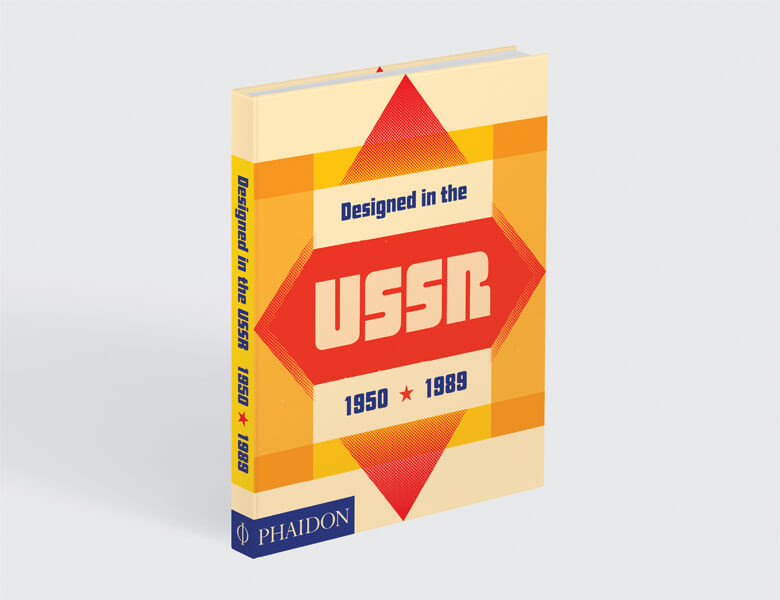Wiki

The Iron Curtain depicted as a black line. Warsaw Pact countries on one side of the Iron Curtain appear shaded red; NATO members on the other shaded blue; militarily neutral countries shaded gray. The black dot represents West Berlin. Yugoslavia, although communist-ruled, remained largely independent of the two major blocs and is shaded green. Communist Albania broke off contacts with the Soviet Union in the early 1960s, aligning itself with the People's Republic of China after the Sino-Soviet split; it appears stripe-hatched with grey.
The Iron Curtain was the name for the boundary dividing Europe into two separate areas from the end of World War II in 1945 until the end of the Cold War in 1991. The term symbolizes the efforts by the Soviet Union to block itself and its satellite states from open contact with the West and non-Soviet-controlled areas. On the east side of the Iron Curtain were the countries that were connected to or influenced by the Soviet Union. Separate international economic and military alliances were developed on each side of the Iron Curtain:
Member countries of the Council for Mutual Economic Assistance and the Warsaw Pact, with the Soviet Union as the leading state
Member countries of the North Atlantic Treaty Organization (NATO) and with the United States as the pre-eminent power
Physically, the Iron Curtain took the form of border defences between the countries of Europe in the middle of the continent. The most notable border was marked by the Berlin Wall and its Checkpoint Charlie, which served as a symbol of the Curtain as a whole.[1]
The events that demolished the Iron Curtain started in discontent in Poland,[2][3] and continued in Hungary, the German Democratic Republic(East Germany), Bulgaria, Czechoslovakia, and Romania. Romania became the only communist state in Europe to overthrow its totalitarian government with violence.[4][5]
The use of the term iron curtain as a metaphor for strict separation goes back at least as far as the early 19th century. It originally referred to fireproof curtains in theaters.[6] Although its popularity as a Cold War symbol is attributed to its use in a speech Winston Churchill gave in 5 March 1946 in Fulton, Missouri,[6] German Minister of Propaganda Joseph Goebbels had already used the term in reference to the Soviet Union.[7]
Contents[hide]Designed in the USSR: 1950–1989 |
 |
| A fascinating glimpse into design behind the Iron Curtain, revealed through the products and graphics of everyday Soviet life |
沒有留言:
張貼留言